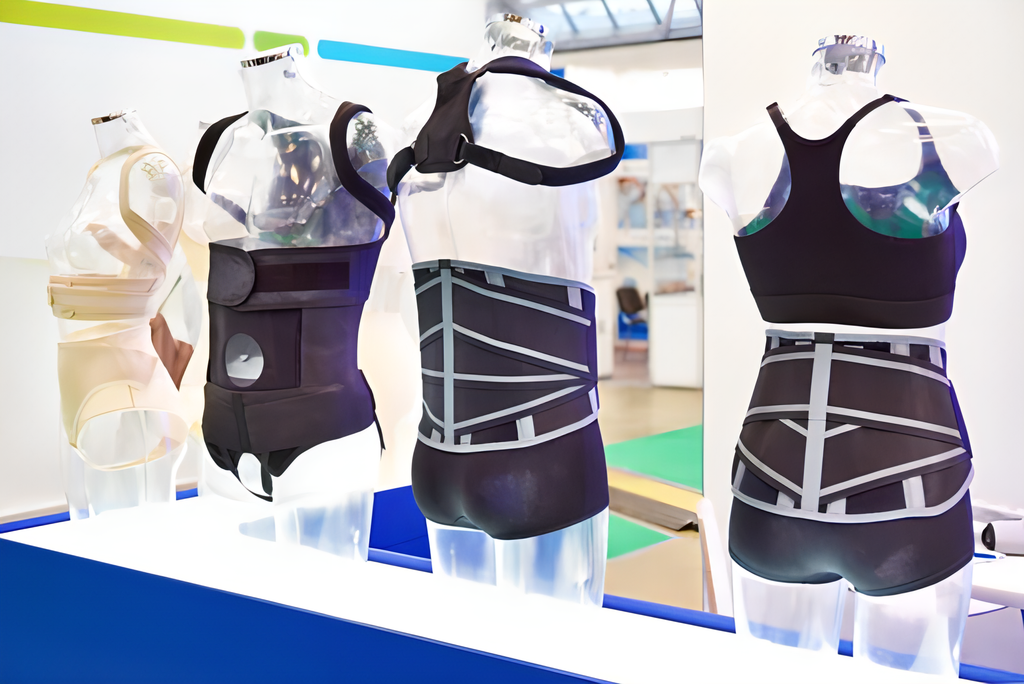
Understanding the Role of Back Braces in Post-Microdiscectomy Recovery
Will I Need to Wear a Back Brace after I Have a Microdiscectomy?
Determining whether you need a back brace after microdiscectomy surgery primarily depends on individual circumstances and your surgeon's recommendations. Here's what you should consider:
-
Nature of the Surgery: Microdiscectomy is minimally invasive, often resulting in less tissue disruption and postoperative discomfort compared to more extensive surgeries.
-
Surgeon's Advice: Your surgeon will provide specific recommendations based on the details of your surgery and your personal health profile.
-
Pain and Discomfort Levels: If you experience mild to moderate discomfort post-surgery, a back brace may offer additional support, especially during activities like climbing stairs.
-
Pre-existing Conditions: If you have chronic pain or other spinal issues, your doctor might recommend a back brace to aid in your recovery.
-
Support and Stability: A back brace can help in maintaining correct posture and easing pressure on the healing spinal disc, which can be beneficial in the recovery process.
-
Wearing Schedule: If prescribed, you might be advised to wear the brace for a specific period, usually in the initial weeks post-surgery, with a gradual decrease in use.
-
Physical Activity and Work: If your job or daily activities are physically demanding, a back brace might be recommended to reduce the risk of reinjury as you return to normal activity levels.
Post-Surgery Discomfort Levels
After a microdiscectomy surgery, the levels of post-surgery discomfort can vary widely among patients. Here are some key points to understand about post-surgery discomfort levels:
-
Minimally Invasive Nature: Microdiscectomy is considered a minimally invasive procedure. This means it typically involves less disruption to the tissues surrounding the spine compared to more extensive spinal surgeries. As a result, the associated postoperative discomfort is often less severe.
-
Individual Experience: Every patient's experience with pain and discomfort after surgery is unique. Factors such as the individual's pain tolerance, the specific details of the surgery, and their overall health can influence their level of discomfort.
-
Typical Discomfort Duration: For many patients, significant discomfort is usually confined to the first few weeks following the procedure. During this period, pain management strategies, including medications and physical therapy, can be effective in providing relief.
-
Use of Back Braces: In some cases, patients may experience mild to moderate discomfort that persists beyond the initial recovery phase. A back brace can offer additional support during this time, particularly when performing activities that might strain the back, like going up and down stairs.
-
Management of Pain and Discomfort: It's important to follow your doctor's advice regarding pain management post-surgery. This might include medication, rest, gradual return to activities, and potentially the use of a back brace for additional support.
-
Monitoring and Reporting Pain: Patients should monitor their pain levels and report any significant or persistent discomfort to their healthcare provider. This is crucial for assessing the healing process and adjusting the treatment plan if necessary.
Understanding and effectively managing post-surgery discomfort is a key component of the recovery process after a microdiscectomy. It's important to maintain open communication with your healthcare provider about your pain levels and follow their guidance for a smooth and successful recovery.
Back Brace
The choice of a back brace, especially after a procedure like microdiscectomy, is an important consideration in the recovery process. Here are some key points about soft corset lumbar support braces:
-
Variety in Sizes and Styles: Back braces are available in various sizes and styles to suit different needs and body types. This variety ensures that each patient can find a brace that offers the right balance of support and comfort.
-
Soft Corset Lumbar Support Brace: Often recommended for post-surgery support, these braces are designed to provide support to the lumbar region (lower back) without being overly restrictive.
-
Natural Movement: One of the main advantages of a soft corset brace is that it allows for natural movement. This is particularly important for patients recovering from surgery, as it enables them to walk and engage in regular routines without too much limitation.
-
Comfort: These braces are generally more comfortable compared to more rigid types. Comfort is crucial in post-operative care, as it encourages the patient to wear the brace consistently, which is key to effective recovery.
-
Support and Healing: By offering support to the lumbar area, these braces help in maintaining proper posture and alignment, which is essential for healing. They also reduce stress on the surgical area, allowing it to heal more effectively.
-
Customization and Adjustment: Many soft corset lumbar support braces come with options for customization and adjustment, such as straps or Velcro closures, enabling a more personalized fit that can adapt to the patient's recovery progress.
-
Consultation with Healthcare Professionals: It's important for patients to consult with their healthcare providers to determine the most appropriate type of back brace for their specific condition and stage of recovery.
In summary, soft corset lumbar support braces are a popular choice for post-microdiscectomy recovery due to their ability to provide necessary support while allowing for comfort and natural movement. Choosing the right type and fit of the brace, under the guidance of a healthcare professional, is a key component of the recovery process.
